- Solar energy blog
- What to consider when designing floating solar according to IEC standards
What to consider when designing floating solar according to IEC standards
Ensure your floating solar arrays conform to IEC standards and best practices with this handy guide!


Ming Cheng
Customer Success Manager
Nuclear Engineer with 6 years of experience in the solar industry. Joined RatedPower’s customer success team over a year ago and specialize in various topics with solar solutions. Leverage deep industry insight and ensure clients maximize benefits sustainable energy technology.
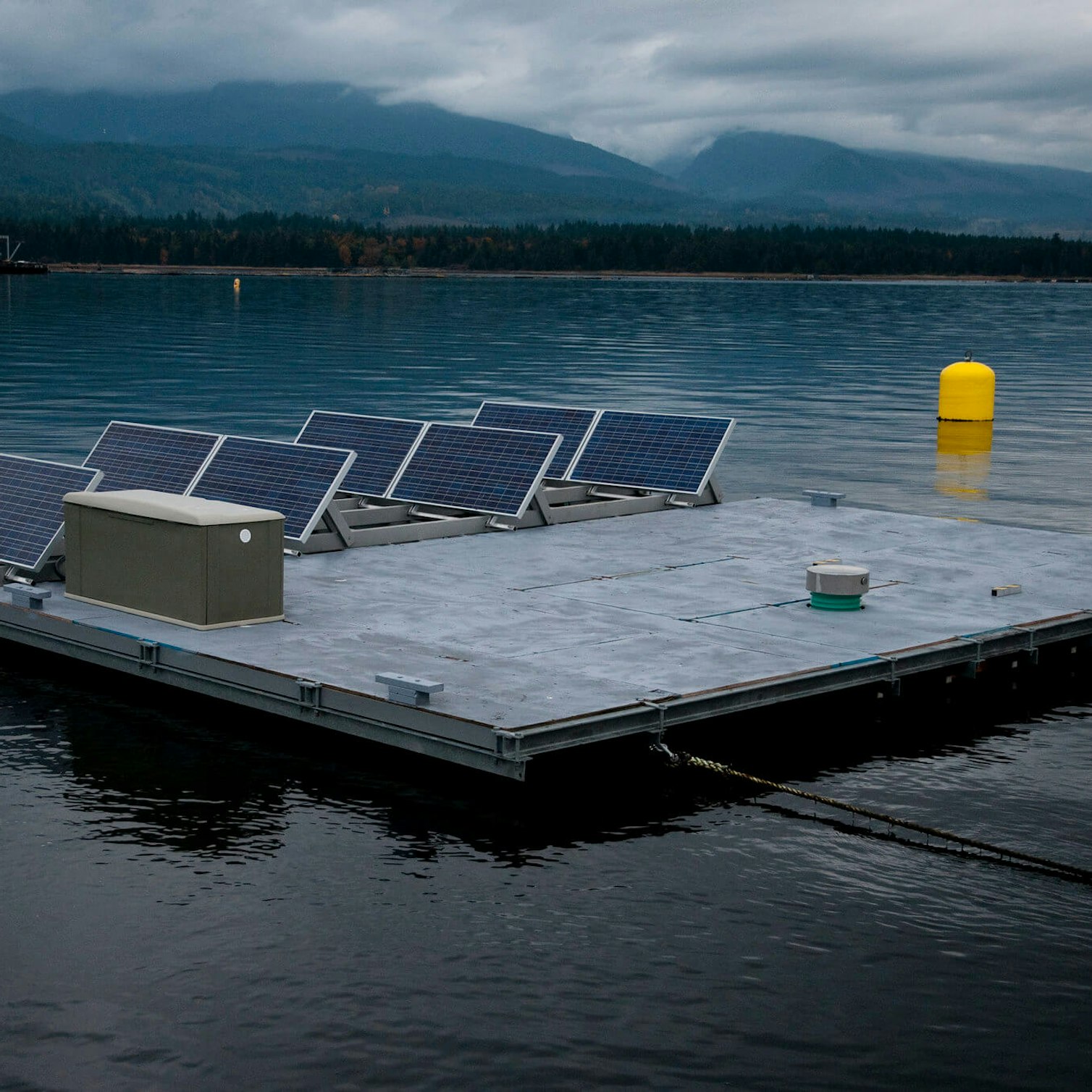
Content
The world is witnessing an unprecedented surge in the adoption of solar photovoltaic (PV) technology. This market — valued at $159.84 billion in 2021 — is anticipated to exceed $250.63 billion by 2030, boasting a projected CAGR of 5.1% from 2022 to 2030.
Government incentives and tax exemptions are fueling this growth, alongside advancements in technology that have made solar energy even more affordable and accessible than ever before.
The commitment to meeting installation targets and reducing carbon emissions has catalyzed further expansion. In fact, we saw a record increase in generation by 270 TWh (up by a huge 26%) in just one year — reaching almost 1300 TWh in total for 2022 alone.
This monumental growth aligns with predictions for the remainder of the decade under the Net Zero Emissions by 2050 Scenario. To fulfill these ambitious net-zero objectives, though, there are still challenges that need to be solved.
Given its modular nature, solar PV can be applied across different scales. It can be used on everything from individual residential rooftops right up to expansive utility installations. However, finding enough free space for new projects remains a challenge. This has led to people looking for more innovative ways to use solar PV, and solutions like floating solar designs are gaining more traction as a result.
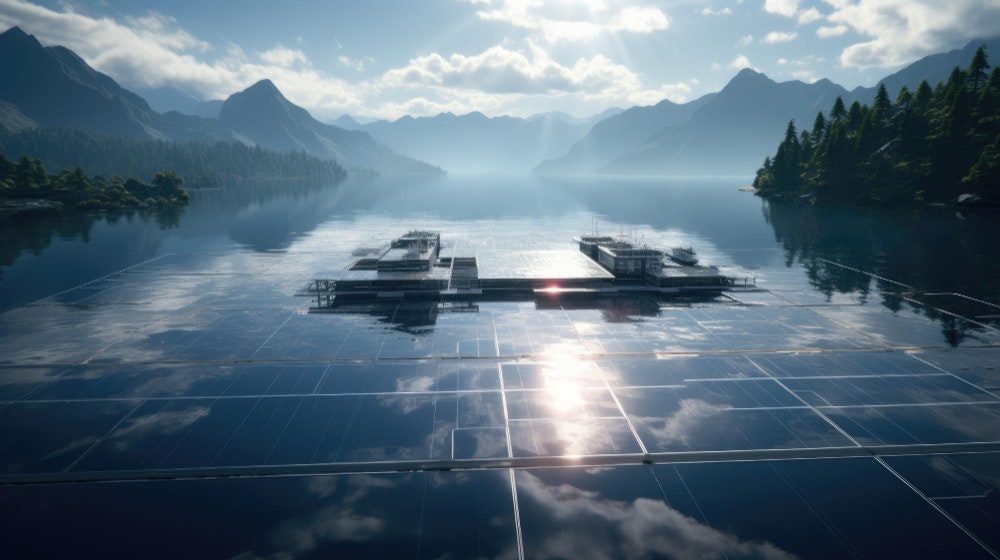
What is floating solar?
Just like the name suggests, floating solar involves mounting PV panels on floating structures on bodies of water instead of installing them on land. The same principles that govern traditional land-based solar installations also apply here, but floating arrays do offer several unique advantages.
The first key benefit of floating solar is obvious — as they are out on the water, they don’t take up valuable land space. This makes them a desirable option in densely populated regions or places with high real estate costs. This feature has led to its popularity in Asia and increasingly now in other parts of the world, including the United States.
Another advantage lies in their cooling mechanism. Water naturally cools these floating arrays, leading to greater efficiency. Better yet, another advantage of floating solar arrays is their ability to act as a lid while covering portions of the water’s surface. This reduces evaporation from lakes and reservoirs beneath them — an added environmental benefit that can be particularly beneficial for arid regions where conserving water is crucial.
You will typically find floating solar installed on calm waters like lakes and dams rather than turbulent oceans, and even though it’s constantly exposed to water, the technology uses anti-rust materials to help prevent the modules and casing from degrading and ensure longevity. All in all, floating solar presents many advantages, but it does also come with some challenges.
Challenges of floating solar
While floating solar installations are gaining recognition for their potential to combat land space issues, it's important not to overlook the complexities involved in their design and implementation. Cost considerations are a significant aspect of floating solar projects. They typically command higher initial installation costs compared to standard arrays due to their specialized nature.
Site selection also poses another challenge. Although they alleviate land scarcity concerns, finding an appropriate body of water can still be difficult. Not every pond or lake is suitable for hosting floating solar. Things like wind speed and direction, as well as water movement patterns, need to be evaluated. There’s also the potential to disrupt aquatic life that needs to be taken into consideration.
Another challenge of floating solar is scale. These systems are most effective when they’re deployed on a large scale. In fact, the majority of them today provide power for utility companies or other large groups. While a residential PV setup may contain 20 solar panels, a floating solar installation could have hundreds or even thousands. This means it doesn’t currently have the same broad applicability to consumers as other forms of PV do.
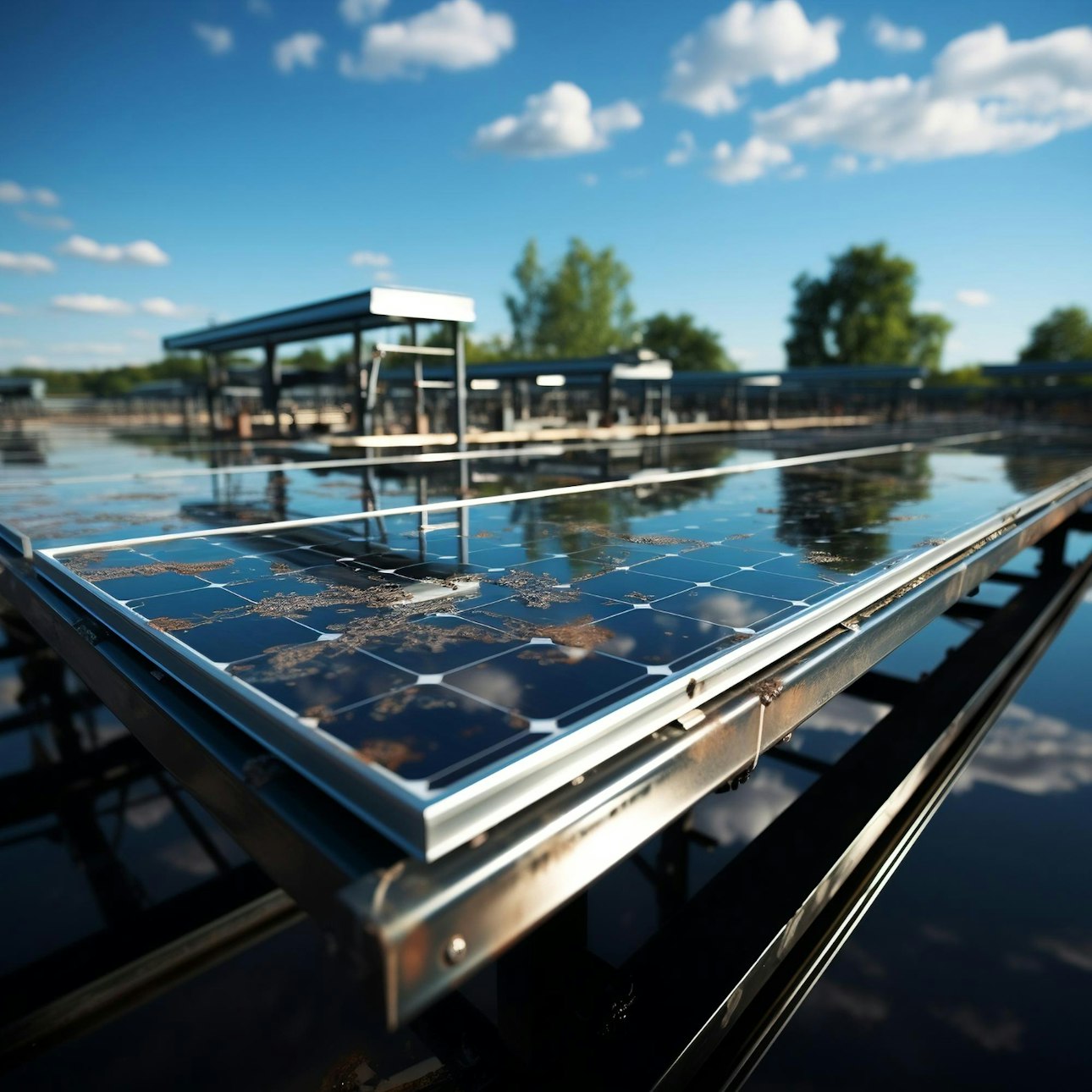
Largest floating solar arrays
There are already some massive floating solar arrays around the world, further emphasizing the power of this technology when deployed at scale.
Are you interested in large PV plants? Read our e-book, Largest PV Plants Worldwide!
Saemangeum
Hanwah Solutions’ Saemangeum project is a notable example of an ambitious floating solar initiative. It’s a 1,200 MW PV power project situated in North Jeolla, with construction slated to commence in 2024. The project will be executed across multiple phases and will feature approximately 77 million PV modules.
Omkareshwar Dam
Positioned on the Narmada River in India’s Madhya Pradesh, the Omkareshwar Dam project is aiming to generate a huge 600 MW of power through the period of 2022-2023, boosting local electricity supplies and increasing overall capacity.
Hangzhou Fengling Electricity Science Technology
Hangzhou Fengling Electricity Science Technology’s solar farm is another noteworthy example of floating solar. Located on the Changhe and Zhouxiang reservoirs in Cixi, the project employs specialized inverters from Shenzhen Kstar Science and Technology that are designed for wet environments. The 320 MW plant anticipates annual electricity generation of 352 million KWH, translating into roughly $45 million in revenue.
What to consider when designing floating solar installations
Designing floating solar installations requires careful consideration of a few different factors. DNV — a Norway-based consultancy — has compiled these considerations into a comprehensive Recommended Practice (RP) guide for renewable energy developers. This technical guideline covers aspects like electrical safety, anchoring and mooring systems, operation and maintenance protocols, along with plant design suitable to specific environmental conditions.
One of the primary challenges identified by DNV is the issue of anchoring and mooring. These are often cited as key causes for medium-term failure in floating solar systems. Addressing this challenge effectively can significantly enhance the efficiency of PV technology through increased irradiation and cooling effect from water bodies. It's estimated that depending on installation methods used, offshore PV arrays could achieve a 5-10% higher yield compared to traditional land-based setups.
The RP guide acknowledges that there isn't a one-size-fits-all approach when designing floating solar plants. Safety evaluations alongside sustainability and environmental impact assessments must be performed individually based on variables like structure design or location specifics.
DNV's guide also emphasizes testing polymer materials used in creating floating structures supporting PV modules. This is necessary to ensure their quality and reliability over time under varying stress conditions. Factors like water flow rate, height variations due to tides or waves, and temperature fluctuations all directly affect buoyancy, meaning that water tightness is an important aspect during the design phase.
Latest stories
Related posts
Technology and engineering
Innovation in renewable energy: Developments expected in 2025
We look at the 10 biggest renewable industry developments that are making a green future possible, including perovskite solar cells, green hydrogen, and more.
Updated 18 MAR, 25
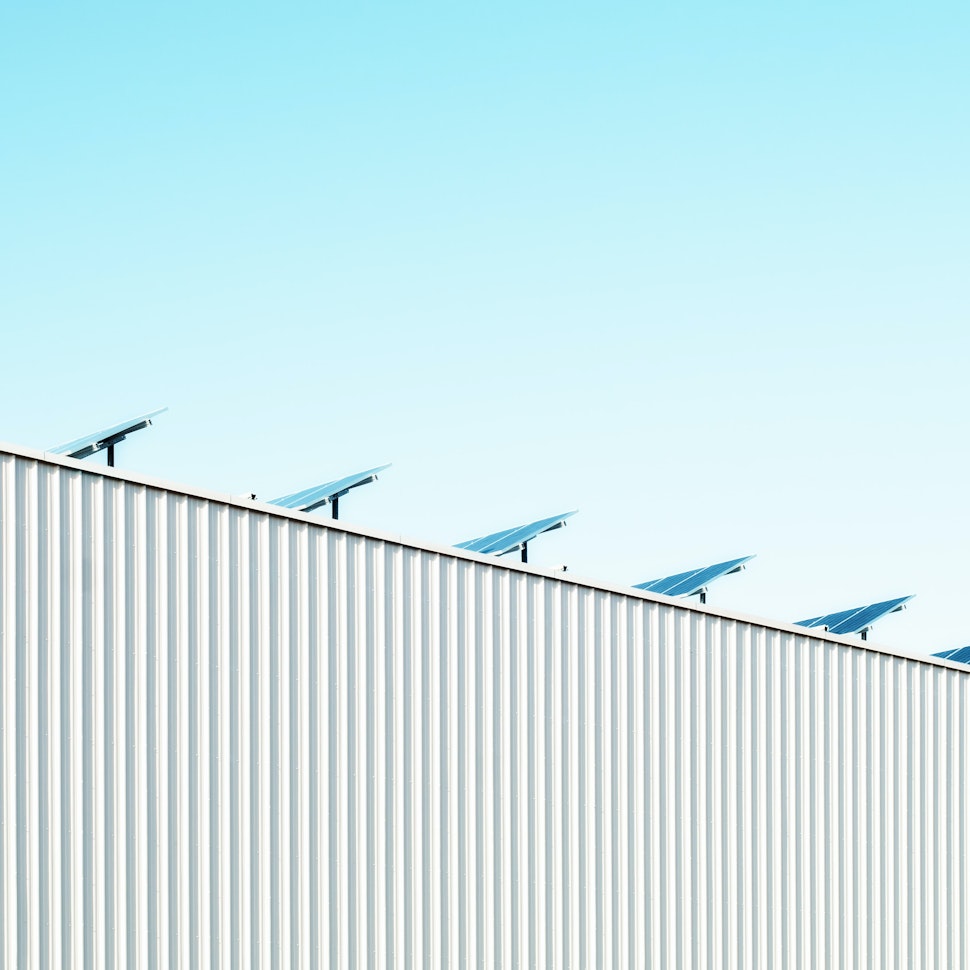
Market analysis
Breaking down solar farm costs: Free template inside
Updated 27 SEP, 21
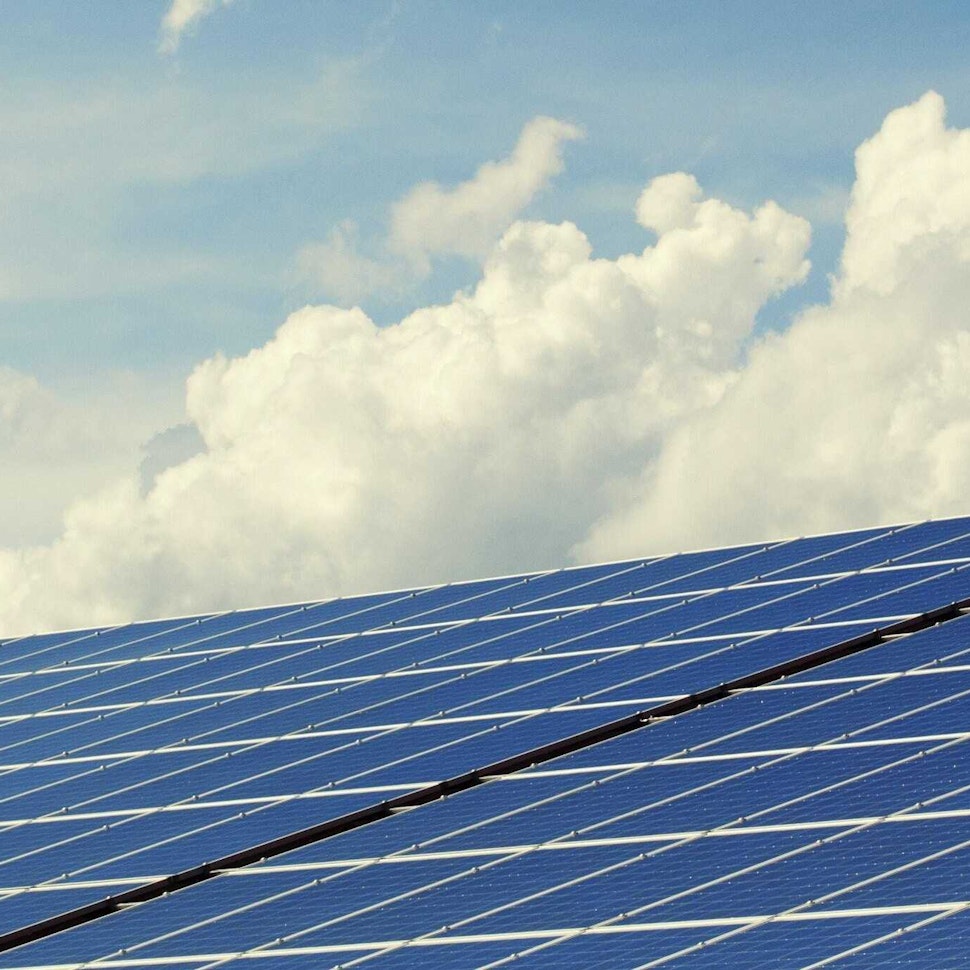
Market analysis
Solar energy in Australia: a 2021 market analysis
Updated 11 MAY, 21

- RatedPower
- Solar energy blog
- What to consider when designing floating solar according to IEC standards

